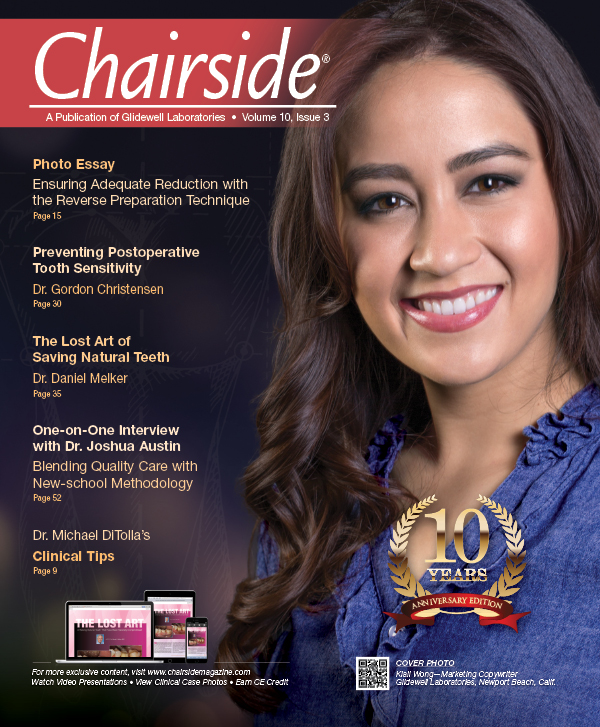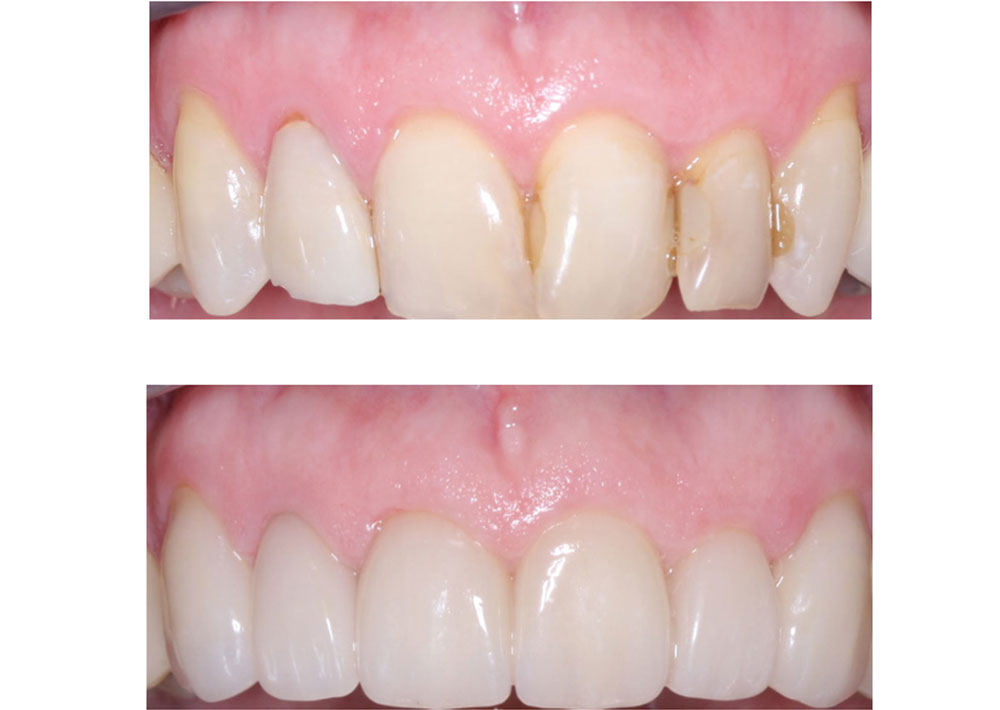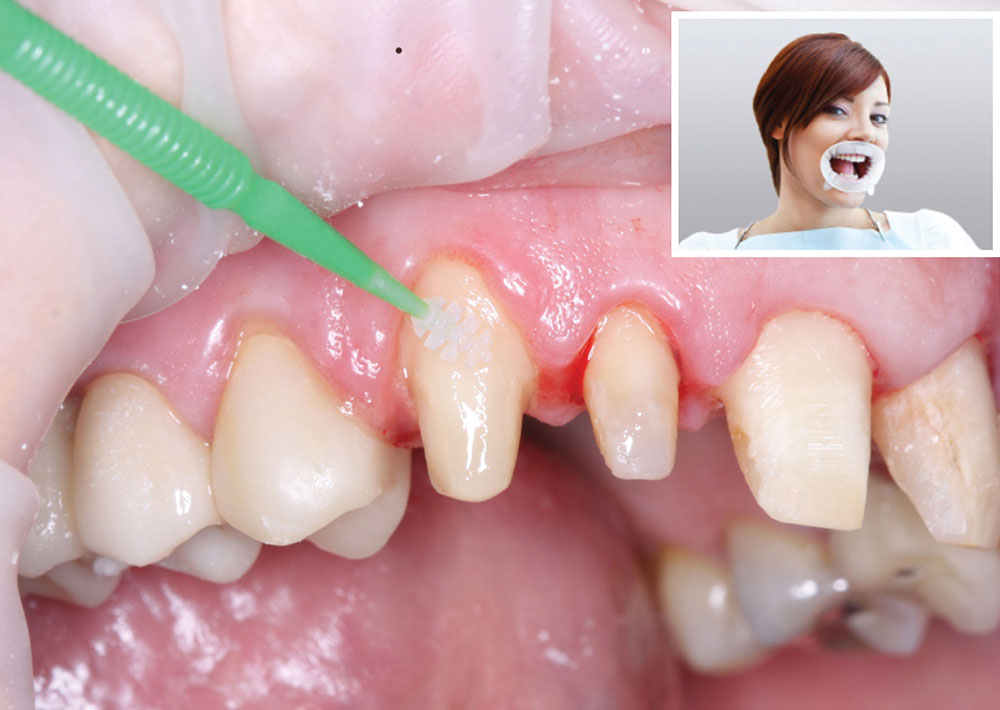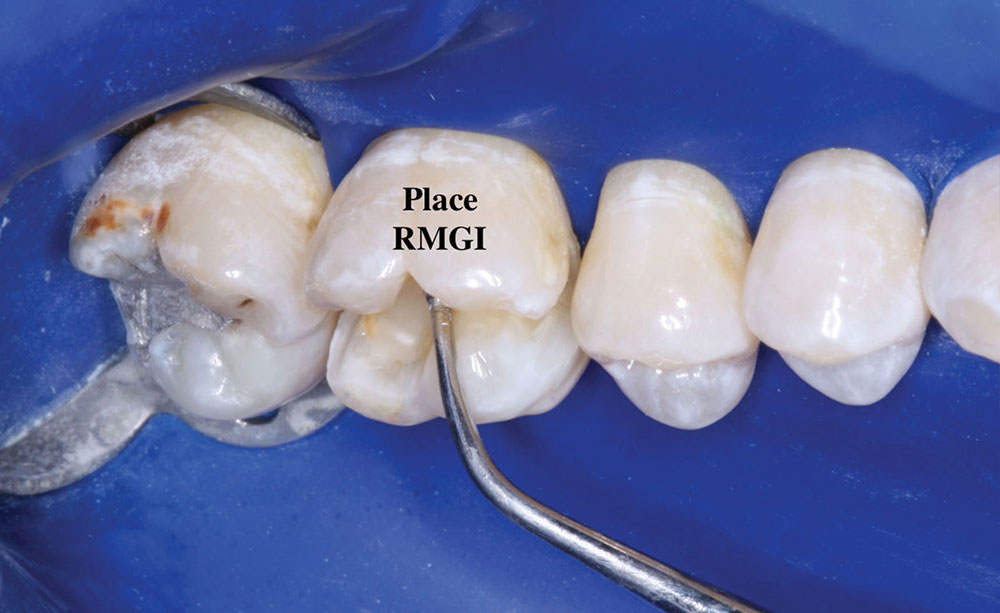Ask Dr. Christensen: Preventing Postoperative Tooth Sensitivity

QUESTION:
I must be in the minority of dentists, but I still have some patients complaining of postoperative tooth sensitivity with direct resin restorations and with crowns and partial crowns. What am I doing wrong? The dental cement manufacturers say they do not get this complaint from their clients, but I still hear some of my colleagues commenting about the same problem. Help!
DR. CHRISTENSEN:
You are definitely not alone. Clinicians Report Foundation routinely receives questions on how to prevent postoperative tooth sensitivity. Although it is not frequent, most dentists have this problem from time to time, and it’s frustrating to both the patient and dentist.
The most frequent complaints are related to:
- Class I, II and V resin-based composites, especially large and deep tooth preparations restored with resin-based composite
- Lithium disilicate crowns, onlays or inlays cemented with resin cement using a total-etch concept
- Crowns cemented with self-etch resin cements (those requiring pre-cementation application of a liquid mixture from two bottles of primer)
- Moderate- to large-sized direct or indirect deep restorations placed without a base or liner, but only with a bonding agent on the deepest areas
Think of restorative procedures I have not included in this list and you will have a tentative conclusion about those procedures that do not produce sensitivity.
Desensitization of tooth structure
Before I discuss procedures that will reduce or eliminate postoperative tooth sensitivity, I will include some research conclusions from studies by Rella Christensen, Ph.D., of the TRAC division of Clinicians Report®. Her research was on the use of 5% glutaraldehyde plus 35% hydroxyethylmethacrylate (HEMA) as a disinfectant and desensitizer. (Example products are G5™ from Clinician’s Choice Dental Products, Inc. [New Milford, Conn.], Gluma® from Heraeus Kulzer [South Bend, Ind.], Glu/Sense™ from Centrix, Inc. [Shelton, Conn.], and MicroPrime™ from Danville Materials [San Ramon, Calif.].) If you are interested, the scientific data on this and hundreds of other studies conducted by Clinicians Report is available at cliniciansreport.org.
Dr. Rella Christensen’s study showed that application of glutaraldehyde-containing solutions for two one-minute applications at the appropriate steps in the clinical sequences killed the organisms on the tooth. Other research and clinical observations have shown that this procedure also eliminates the postoperative tooth sensitivity challenge.
The following information includes a step-by-step discussion of the previously described postoperative tooth sensitivity challenges and how to significantly reduce or totally eliminate postoperative tooth sensitivity.
Class I, II and V resin-based composites, especially large and deep tooth preparations restored with resin-based composite
- Prepare the tooth for the restoration.
- Carefully place a minimal amount of the glutaraldehyde solution on all aspects of the tooth preparation with a microbrush, avoiding any contact with gingival tissues.
- Allow the solution to remain on the tooth for one minute.
- Suction any excess solution off the preparation. Do not wash the solution off the tooth!
- Repeat steps 2 through 4 for one additional minute.
- Place the liner of your choice. Vitrebond™ (3M™ ESPE™; St. Paul, Minn.) or GC Fuji LINING™ LC (GC America Inc.; Alsip, Ill.) are still the most popular resin-modified glass ionomers, but many new “bioactive” materials are gaining popularity and acceptance. An example is TheraCal LC® from Bisco, Inc. (Schaumburg, Ill.).
- Selectively acid-etch the enamel margins with gel acid.
- Wash off the acid and dry. You now have glutaraldehyde solution under the liner but not on the remainder of the tooth preparation.
- Place a brief application (seconds) of glutaraldehyde on the entire tooth preparation and suction it off.
- Place the self-etch bonding agent of your choice and cure it.
- Place the resin-based composite.
Assuming the tooth is vital, you will NOT have sensitivity.
Lithium disilicate crowns, onlays or inlays cemented with resin cement using a total-etch concept
In my opinion based on clinical research, this concept is unpredictable and should be avoided in light of the obvious success and lack of sensitivity afforded by self-adhesive cements such as RelyX™ Unicem 2 (3M ESPE) and Maxcem Elite™ (Kerr Corp.; Orange, Calif.).
Here is a successful nonsensitive technique for bonding lithium disilicate restorations with resin cement:
- Try on and approve lithium disilicate restoration (previously hydrofluoric-acid-etched internally).
- Clean tooth preparation with water-moistened flour of pumice on rubber cup. An easy-to-use product is Preppies™ from Whip Mix (Louisville, Ky.).
- If onlay or inlay, selectively acid-etch only enamel margins, and wash and dry.
- Clean restoration internally with phosphoric acid, and wash and dry.
- Place silane on restoration internally.
- Place glutaraldehyde solution as previously noted on entire tooth preparation (Figs. 1, 2).
- Seat with self-adhesive cement as above.
This technique will provide a nonsensitive tooth.
Crowns cemented with self-etch resin cements (those requiring application of two bottles of primer before cementation)
Self-etch resin cement examples are Multilink® Automix from Ivoclar Vivadent (Amherst, N.Y.), and Panavia™ in its various forms from Kuraray America, Inc. (New York, N.Y.). These cements are excellent when used properly. However, they require placement of primers before cementation. It is possible that between the restoration try-in procedure and placement of the primers and the cementation procedure, tooth preparations can be contaminated with saliva, blood and debris. This contamination can affect the primer activity, or in some cases remove the primer, leaving the dentinal canals open to debris and resin cement. The result is postoperative tooth sensitivity. Do not contaminate the tooth preparation after placement of the primer.
Additionally, apply glutaraldehyde as described previously, before placement of the primers. This procedure will preclude postoperative tooth sensitivity.
Moderate- to large-sized direct or indirect deep restorations placed without a base or liner, but only with a bonding agent on the deepest areas
This is one of the most frequently reported sensitivity-producing techniques. To prevent sensitivity, I suggest the following:
- Prepare the tooth.
- Place glutaraldehyde solution as described previously (Fig. 3).
- Place a liner as discussed previously. It has been my observation that some in-office milling techniques do not include use of a liner (Fig. 4). However, in my opinion, to prevent postoperative sensitivity, a liner is mandatory.
- Selectively acid-etch the enamel margins with acid gel (Fig. 5).
- Wash off the acid and dry.
- Place a few additional second applications of glutaraldehyde and suction off.
- If a direct restoration, place the self-etching bonding agent of your choice and place the restoration.
- If an indirect restoration, place silane if indicated, and cement with a self-adhesive material as described previously.
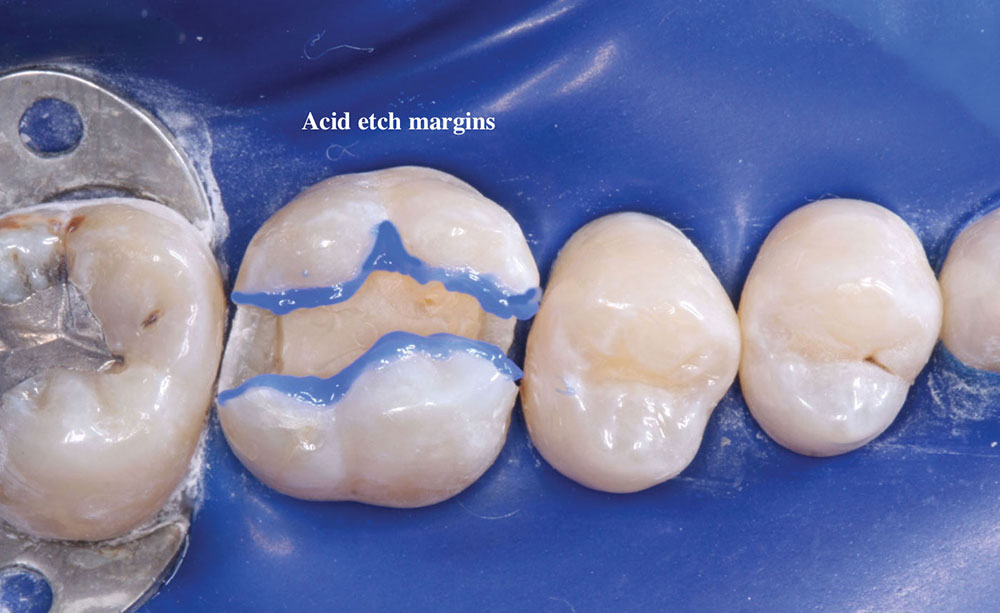
Figure 5: Acid-etching of enamel margins only, followed by wash, dry, and a brief one-second reapplication of glutaraldehyde before placing the restorative material.
Additional educational resources from Practical Clinical Courses
PCC has several educational videos and courses related to this topic. Call 800-223-6569, or visit pccdental.com for more information.
Videos:
- Class II Composites Can Be Predictable, Non-Sensitive, and Profitable (Item #V3554)
- Affordable Treatment of Complex Rehabilitative Needs (Item #V1964)
Two-day, hands-on courses:
- Successful Real-World Practice® Restorative Dentistry
- Successful Real-World Practice® Fixed Prosthodontics
Summary
Restorations should not have postoperative tooth sensitivity! Proper use of liners and bases, as well as desensitization with glutaraldehyde solutions, can virtually eliminate this frustrating clinical challenge.
Reprinted from Dental Economics, Vol. 104, Issue 11, Nov. 20, 2014. Reprinted by permission of Dental Economics, ©2014 Dental Economics.

